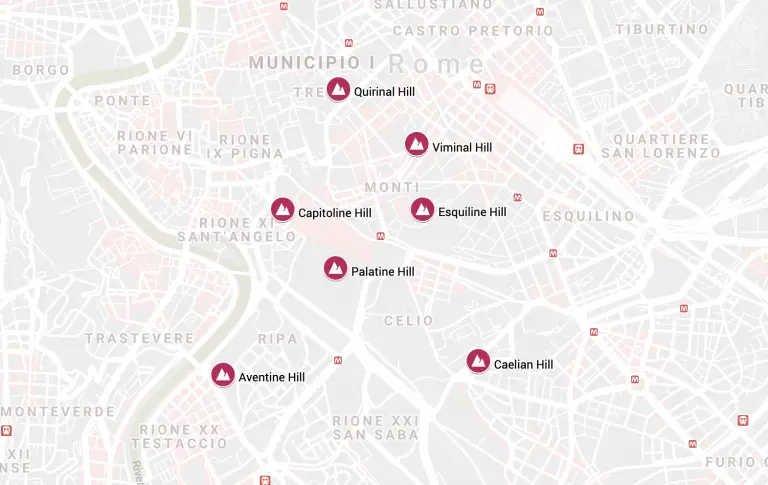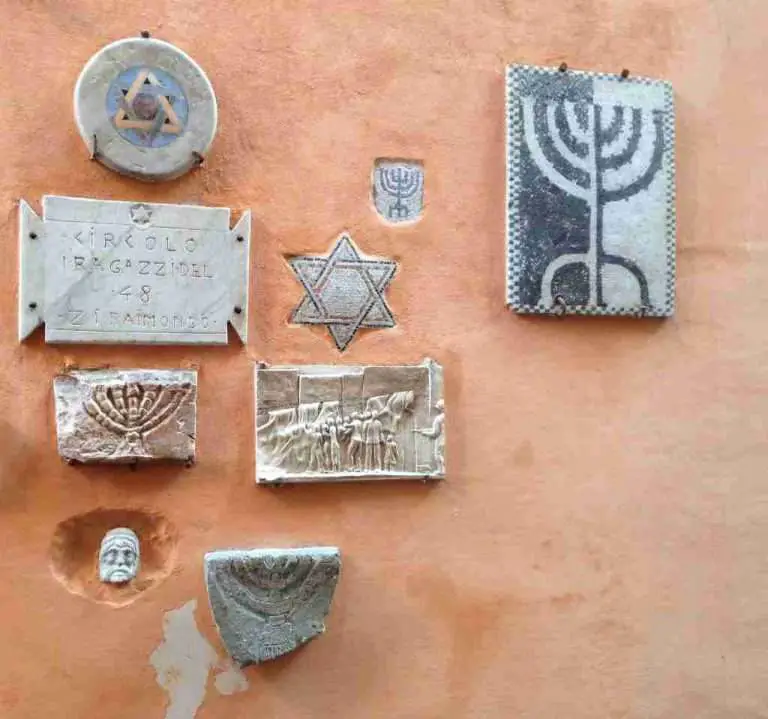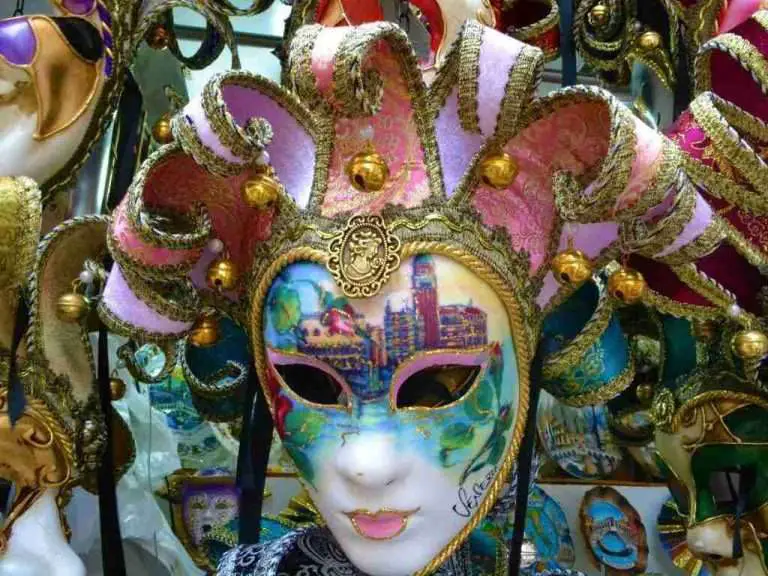
A key to understanding Sardinia, its history and culture, comes from an unlikely place—its trees.
One rarely thinks of trees when they think of islands. Palm trees, of course. But islands are so much more than their palm-fringed coasts.
So many of Sardinia’s secrets lie inland, away from the holiday homes and beach bars. Here are three types of trees that you may encounter, in some shape or form, in Sardinia.
Olive
Deep inside the interior of Gallura, in northeastern Sardinia, lives one of the oldest trees in Italy—and maybe in Europe (or the world). The Olivastri Millenari near Santu Baltolu in Luras features trees that are more than 1,000 years old.
The oldest and largest tree in this wild, ancient grove dates back 4,000 years. When you look upon this tree, just imagine—it pre-dates Ancient Rome.
Though the region does not produce the bulk of Italy’s olive oil, Sardinia is renowned for its high quality extra virgin olive oil.

These trees in the Olivastri, however, are not used for their fruit or wood. This is a protected nature reserve that may one day be put forward as a candidate for UNESCO heritage status.
Cork
Known in Italian as sughero, cork is extremely important to Sardinia. It is the only Italian region where cork grows naturally and it produces 80 percent of the corks used in Italy.
Like olive trees, cork oaks can last for millennia. That’s partly a function of how their bark is harvested. Cork oak lumberjacks take their axes to the tree’s outer layer, stripping away only thick rectangles of bark.
They’re unmistakable: the bark has been peeled off from branch to base, giving them the appearance of a shaved show poodle.
Inside a Sardinian Cork Factory by Patricia Thomson
Cork oaks and the industry around them are concentrated in Gallura. So it’s only natural that the lightweight material found its way into the hands of artisans.

One such creative is Anna Grindi, who has an atelier on Via Roma in Tempio Pausania. Grindi designs everything from jewelry to handbags, to dresses using cork in ways you never thought possible.
Myrtle
Myrtle trees do grow in Italy and Sardinia. But the myrtle that Sardinia is known for is an herbaceous bush that grows around the island.
Myrtle has been used since ancient times for producing aromatic oils and incense, in Sardinia and beyond.
But wild myrtle does more than perfume the air here. Its berries are the primary ingredient in Sardinia’s indigenous liqueur.
When you say “mirto” in Sardinia, most people will think you are talking about the wine-dark digestive.
Like amaro liqueurs, those bittersweet after-dinner tipples that are common on the mainland, mirto is the perfect way to close out a large lunch. Or even a blog post. 🙂
Last updated on May 21st, 2021There is no lunch or dinner that in Sardinia does not end with a glass of fragrant mirto. When we talk about mirto, we don’t think of the luxuriant scrub that invades every corner of the island, but of the liqueur that is the symbol of Sardinia.
Myrtle, the intoxicating scent of Sardinia
Post first published on May 14, 2021






